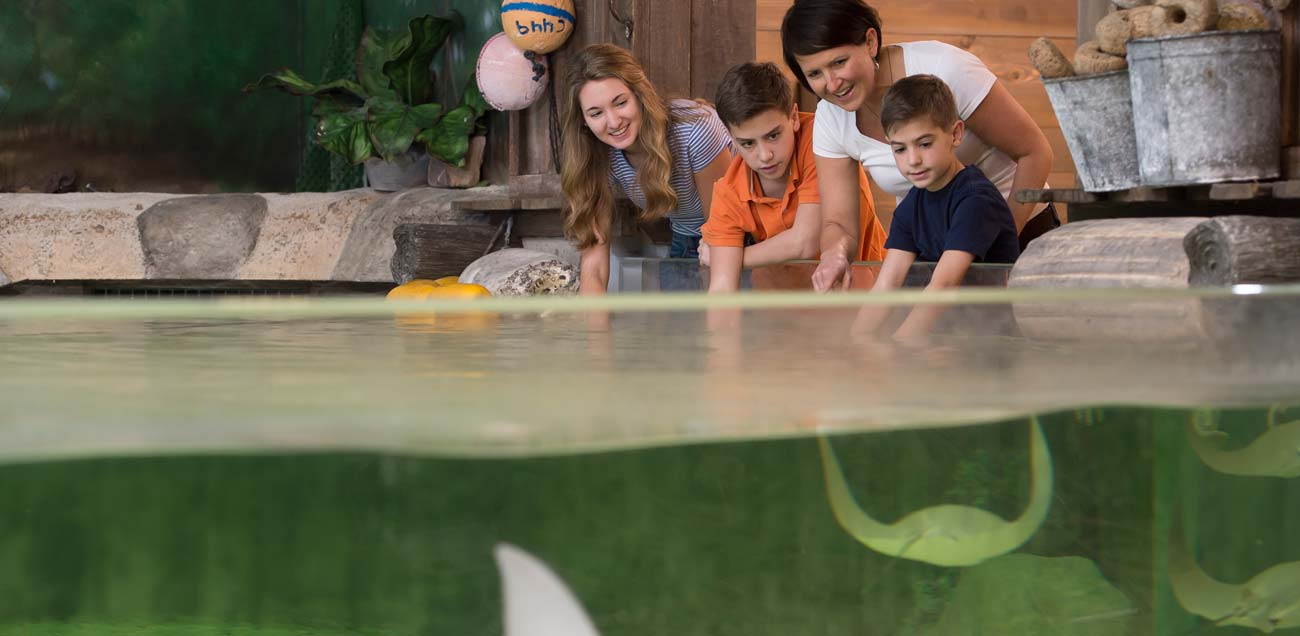It may take a village to raise a baby, but in our case, it takes a Zoo to raise Helmeted Curassow chicks.
Zoo staff were thrilled when they discovered two, cream-colored objects laying among the Helmeted Curassow’s habitat. Boyaca and Ande, the Fort Wayne Children Zoo’s male and female Helmeted Curassows, laid their first eggs! This unique bird species is endangered, with only 1,000-2,500 left in the wild. These two were a great pair to genetically represent their endangered species, so keepers had high hopes of a successful egg rearing. However, the thrill of this discovery quickly turned to concern when Ande wasn’t nesting properly.
“We would prefer to have Ande raise the chicks,” Says Keeper Sam, “but it was clear early on that Ande wasn’t nesting properly. We would often find her off her nest and noticed the eggs weren’t being rotated enough. After a lot of discussion, we had Keeper Tiffany and Veterinary staff step in to assist in egg incubation.”
“The first few weeks are the most crucial for egg incubation.” Tells Keeper Tiffany, “It’s crucial that we get the humidity correct so they can hatch out successfully. For 33 days, myself and the Vet team are weighing the eggs daily, checking the incubator parameters, and, once it was closer to hatching time, keeping track of their air cell.”
After weeks of this methodical and detailed care, small cracks in the shell grew larger, increasing our Zoo staff’s excitement and anticipation until a successful hatch occurred! Although we had a successful egg hatch, the work wasn’t over.
Veterinary staff took the reins to make sure the chicks hit all of their major milestones: perching, eating, preening, and vocalizing among other things. While Vet staff took notes and continued their specialized care of the birds, they wanted to be sure the chicks never imprinted on them. So anytime they’d undergo a task with the chicks, they were sure to be very quiet and as hands-off as possible.
Now, only a few months later, the family is happily together and the two chicks, named Araza and Badea, are inseparable sisters! The two now have developed their adult plumage and the species’ signature helmets.
With each bird pair here at the Zoo, we always examine whether a pair is genetical valuable for their species’ population before incubation. Asking questions like, “Do these two represent their wild counterparts? Could they help repopulate an endangered species? Are we doing a good job of bringing out natural behaviors? Will we be able to help hatch and rely on their parents to raise them?” It’s by no means a rash decision, but this family now represents the hard work that goes into successfully raising chicks and the delicate nature of working with endangered species.

